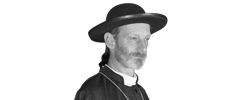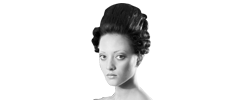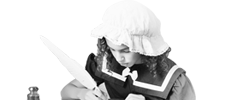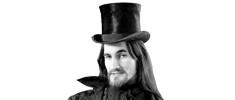‘King John, 1199-1216’ by Peter Norris BA
John was born in 1167 in Oxford, the fourth son of King Henry ll. As a fourth son, he could not expect to inherit any lands, which gave rise to his nickname Lackland.
Much of what has been written about King John stems from the work done by Victorian historians, the consensus of which is that he was a total disaster. Even in the 20th Century, between the wars, the chapter on John in the celebrated book “1066 and All That” begins with the words “King John was a bad king”.
However, more recent studies portray John in a rather different light. Certainly, as far as Lancaster Castle and the North West in general are concerned, John was responsible for a great deal of good. John does not seem to have built any new castles in his reign but he strengthened many, including Lancaster, where his expenditure would, in today’s terms, amount to well over £1m. Most of his work at Lancaster was carried out between 1209 and 1213, and the total expenditure was the third highest in the country, with first place going, rather surprisingly, to Scarborough.
At Lancaster, he had a ditch dug on the south and west sides, and replaced the wooden palisade with a stone curtain wall. We do not know the height of this wall but, as a small fragment has survived, a depth of 3 metres can be seen on tours of the castle. John also built a new gatehouse and several towers, one of which, Hadrian’s Tower, still exists today.
It was thought for a long time that this tower was Roman, hence the name. There are certainly Roman foundations here, which probably account for the shape of the tower, as round towers did not generally begin to appear until the late 1200’s, by which time the weaknesses of square towers at their corners was apparent and Edward l’s castles in Wales are all round. Hadrian’s Tower dates from c1209.
Tourists will not see the tower as John built it, with three stories, as the ceilings and roof were removed in the late 18th Century and a new roof incorporating a glass skylight was added. The 13th Century stonework is no longer visible on the outside of the castle, because it was refaced with ashlar in the 1790’s. Nowadays the castle museum is housed here. Henry V had a much stronger gatehouse constructed c1410, but some of John’s work is visible on the inside, but only to those who have a reason to be in Lancaster Prison!
John actually owned the castle in 1193, when he was Earl of Mortain. It was a present from his brother, Richard l, but improvements had to wait until after his accession in 1199. Evidence has survived from about this time of the royal appointment of a certain “Warin” to the post of Janitor of the Gate, which could be the first record of the office of Constable. At the same time, the burgesses of Lancaster were confirmed in their rights as laid out in the charter issued previously. As John was to make similar provisions to what was then the small fishing village of Liverpool, this part of England does not view John’s reign as an absolute disaster.
John’s namesake, John of Gaunt, 2nd Duke of Lancaster, owned the castle between 1362 and 1399, but in complete contrast to King John, spent no money on the property and paid only fleeting visits. Every time King John paid the castle a visit, he spent several weeks there, held court and even received ambassadors!
John’s predecessor, his brother Richard l, spent most of his reign warring in France and the Middle East. Consequently, he left the Treasury rather depleted. When John succeeded in 1199, he had to be prudent. Making peace in France cost 20,000 marks and a heavy tax in England, but it was still cheaper than waging war. For his apparent lack of will to fight, he was nicknamed “Softsword”, but any weakness here later changed to a hardness more acute than in any of his predecessors. He was later attacked by the French King, Philip ll, and in the space of a few years lost all the Plantagenet possessions in France, except Gascony. In an attempt to recover these lands, he levied the first income tax in England, which was to be collected by the High Sheriffs of each county. This would eventually lead to a revolt of the barons and John being forced to sign Magna Carta in 1215.
The following year, John died at Newark Castle. As John had had an ongoing dispute with the Church, and the Bishop of Lincoln owned this castle, there were rumours at the time that John had been poisoned. He was buried in Worcester Cathedral, where the effigy on his tomb is the earliest still existing in England.








